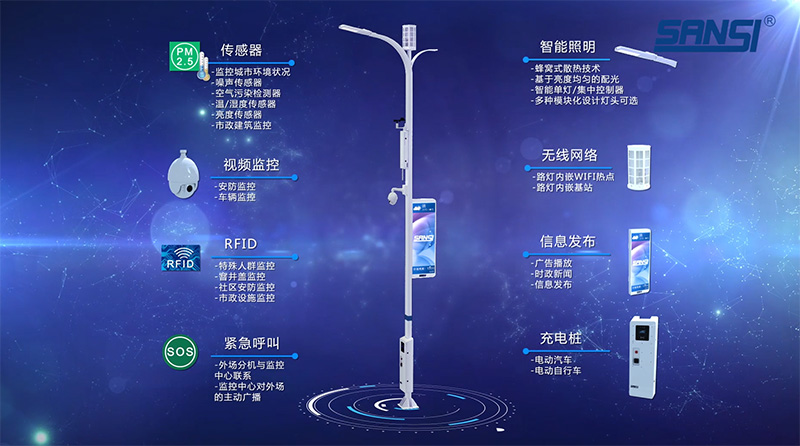With the continuous increase in the integration of smart street lamp functions, the types of data collected and transmitted by these devices are becoming increasingly diverse. This data includes both device operation status information and relevant data for urban management, some of which may be sensitive. The formulation of standards aims to establish unified technical and management requirements to ensure that smart street lamps can effectively safeguard data security while providing diversified services.

Key Points of Security Regulations
The security framework is mainly constructed from three dimensions:
Data Classification Management: Classify protection levels based on data type and sensitivity.
Transmission Security Requirements: Standardize protective measures for data during collection, transmission, and storage.
Access Control Mechanisms: Clarify data access permissions and management responsibilities for different entities.
Emergency Handling Regulations: Establish prevention and disposal procedures for data security incidents.
Significance of Standard Implementation
The formulation of these standards will have multiple positive impacts:
l Provides a unified security benchmark for the construction of smart street lamps.
l Facilitates secure interconnection of urban IoT devices.
l Enhances public confidence in the data security of smart city facilities.
l Promotes the overall improvement of security technology levels within the relevant industrial chain.